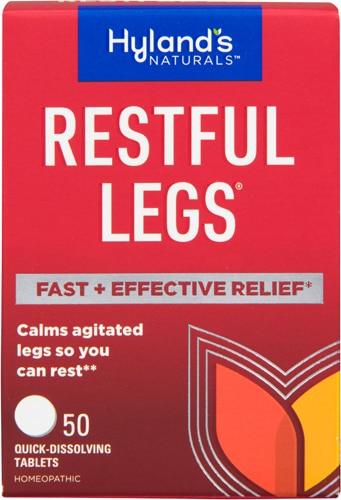It can seize you in the middle of the night, or stop you cold during the day. Whenever it strikes, a foot or toe cramp triggers pain that ranges from mild to crippling.
Such cramps may last for just a minute or two, then subside. Others will linger for 15 minutes or longer.
What causes foot cramps?
Many factors can cause foot and toe cramping to occur, says Dr. Ami Sheth, a Los Gatos, California-based podiatrist and spokesperson for the American Podiatric Medical Association.
Some of the most common sources of such cramps are:
- Overuse. Sometimes, placing too much burden on your foot or toes can lead to cramping. "The muscles are either tight or mechanically overloaded and are trying to repair themselves at rest," Sheth says.
- Unsupportive footwear. Wearing less supportive types of shoes – such as high heels, shoes that are too pointy, and footwear that is too tight or too loose – can lead to cramping.
- Dehydration. Not getting enough fluids can lead to muscle cramping in your foot.
- Claudication. Blood flow issues can trigger cramps. Pain associated with claudication often first manifests during exercise, but also can strike when you are at rest. "A lack of blood flow can cause people to have pain when they are walking, or at night while they are sleeping," Sheth says.
Treating foot and toe cramps
If a cramp seizes your foot or a toe, there are things you can quickly do to relieve the pain.
When poor blood flow – claudication -- causes the cramp, dangling your legs can help gravity get blood to the foot and into the toes, Sheth says. Simple rest from a strenuous activity also can help end cramps associated with poor blood flow.
Musculoskeletal cramps require a different approach. "Try and gently stretch," Sheth says. "Move (your) foot to try and break the spasm."
Experts suggest several other ways to release a cramp, including:
- Stand up. Sometimes, the simple act of putting weight on your foot can stop the cramp.
- Gently rub or ice the area of the cramp. These techniques sometimes will release a cramp.
- Take a pain reliever. If the pain of a cramp lingers, taking ibuprofen or another pain reliever may help symptoms subside.
Foot and toe cramp relief
The best way to treat cramps is to prevent them from occurring in the first place.
"Often, people can prevent cramping by regularly stretching and using more supportive shoes,” Sheth says.
Stretching can increase the amount of flexibility of the foot. The APMA recommends raising, pointing and curling your toes for five seconds. You should do this 10 times.
You can also cup your heel and turn each ankle slowly five times. This will help loosen ankle joints.
Meanwhile, wearing more supportive shoes will help reduce the mechanical load on the foot, Sheth says.
Taken together, these steps can give your feet and toes the care and support they need. "Then, hopefully there will be fewer spasms," Sheth says.
Other tips for preventing cramps include:
- Stretch before activity. Stretching your foot and toe muscles or simply lightly pedaling on a stationary bike can loosen up muscles before strenuous activity.
- Drink plenty of fluids during the day. Staying hydrated may prevent cramps.
- Eat a healthful diet. Eating plenty of fruits and vegetables will give your body the calcium, potassium and magnesium it needs to ward off cramping.
While most types of foot and toe cramping can be both prevented and treated at home, see a physician if symptoms are frequent or especially severe.
One source of cramping – claudication -- typically is the result of a potentially serious underlying condition, such as peripheral artery disease. So, if your cramping is persistent, a physician can determine if claudication is the source of your pain, and whether you require ongoing medical treatment.




